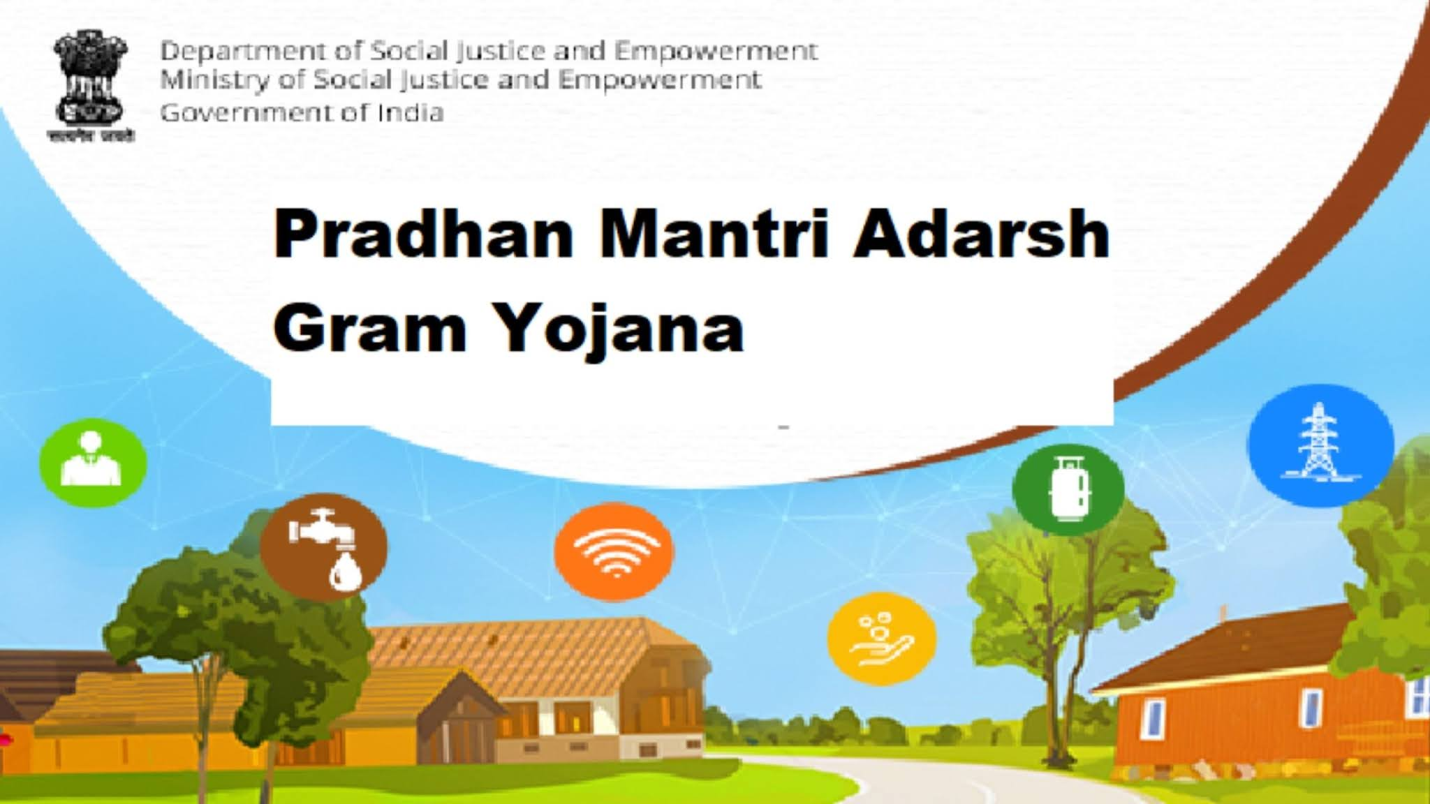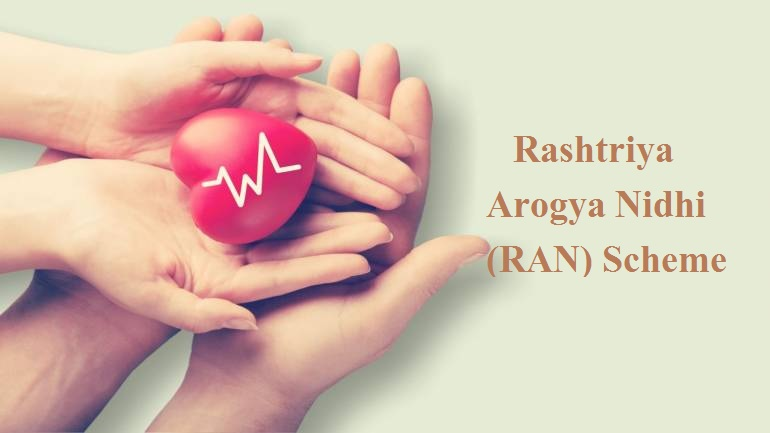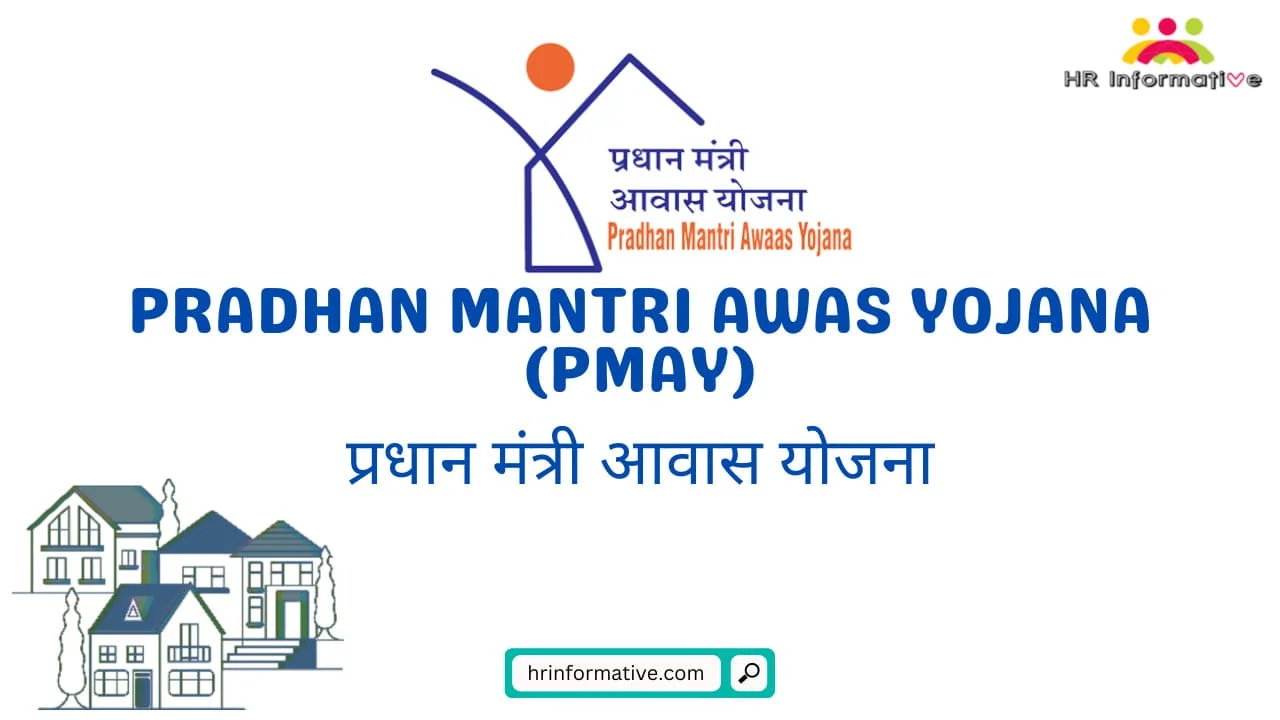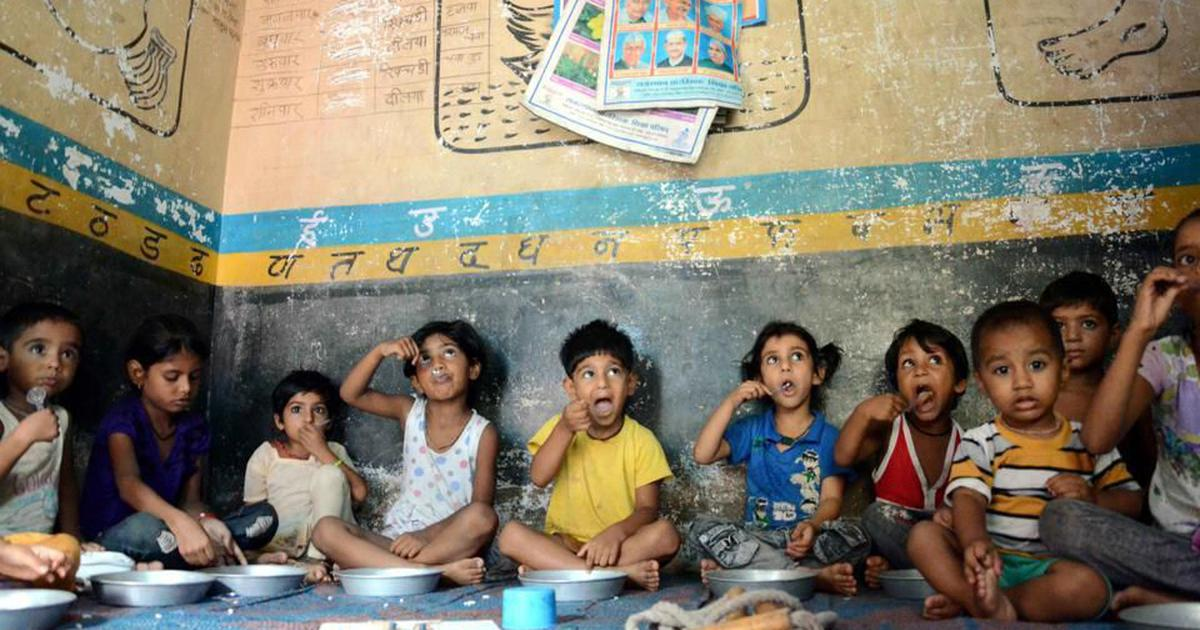Description

Copyright infringement is not intended
Context: The Ministry of Social Justice and Empowerment has released the Implementation data on Pradhan Mantri Adarsh Gram Yojana (PMAGY).
Details
- The Ministry of Social Justice and Empowerment has released the Implementation report on the number of households identified and the number of households whose demand/needs have been fulfilled under the Pradhan Mantri Adarsh Gram Yojana (PMAGY).
About Pradhan Mantri Adarsh Gram Yojana
- Pradhan Mantri Adarsh Gram Yojana (PMAGY), is an initiative of the Union Government for the empowerment of deprived sections, aims to achieve integrated development of selected villages through convergent implementation of all relevant Central and State schemes.
- The scheme was launched in March, 2010 on a pilot basis for the integrated development of 1000 villages each with more than 50% SC population.
- The scheme is being implemented by the Ministry of Social Justice and Empowerment, Government of India. To ensure focused attention, the selected States are to select villages from the same.
Characteristics of Adarsh Gram or Model Village
- Vision: Adequate physical and institutional infrastructure, where minimum needs of all sections of the society are fully met. These villages should be covered with all the facilities necessary for dignified living.
- They should be connected to the nearest major road by an all-weather road. Access for all to safe drinking water on a sustainable basis.
- All houses should have electricity, and adequate street lighting.
- Village should have adequate communication facilities, such as post-office, telephones, and, if possible, internet, and Common Service Centre.
- Availability of adequate banking facilities through regular branches in the village or in close proximity, and through Business Correspondent/Business Facilitator Model.
- All residents should have adequate housing, and there should be no homeless families.
- The village should have a high degree of sanitation; it should be free from dry latrines, and open defecation, and should have sanitary toilets, drains and an efficient waste disposal system.
- The Village should take care of its environment through; Planting trees, Water harvesting and maintenance of water bodies, Use of renewable sources of energy, such as biogas, solar energy, wind energy, Use of smokeless chulhas, etc.
- The village should have adequate and attractive buildings for its anganwadi, school, health centre, Panchayat, and community hall. The village should have adequate facilities for sports and other physical activities.
- All children in the age-group of 3-6 should be enrolled in, and regularly attend the Anganwadi. Likewise, all children in the 6-14 age group should be enrolled in and regularly attend school.
- All adults should be at least functionally literate, and should have access to facilities for continuing education.
- Access for all too primary health care and Reproductive Child Health (RCH) facilities, with proper prenatal and ante-natal care for mothers.
- 100% institutional deliveries, full immunisation of children, and observance of the small family norm.
- The village as a community should take special care of its women, children (especially girls), senior citizens, and persons with disabilities.
- There should be no public consumption of liquor or any other intoxicating substances, and their use in general should be discouraged.
- There should be no caste-based discrimination, complete eradication of untouchability, and a due sense of security and dignity among the weaker sections.
- Residents of the village should be aware of and exercise their constitutional and legal rights. Likewise, they should also be aware of and discharge their fundamental and civic duties.
- All youth and adults of the village should have adequate employment and means of livelihood, and there should be adequate arrangements for development of skills among them, so that as many of them as possible are in skilled employment.
- Progressive and efficient practices, based on new technology, should be used in all the economic activities pursued in the village, especially in agriculture, animal husbandry, fisheries etc.
- Should have adequate access to remunerative prices for agricultural and other produce of the village.
Expected outcome
- It would ensure integrated development of the selected villages into “model villages”.
- Improve the physical and social infrastructure for socio-economic development and villages, and satisfy the norms mentioned in the vision of an adarsh gram.
- Eliminate the differences between SC and non-SC population in terms of common socio- economic indicators (e.g. literacy rate, completion rate of elementary education, IMR/MMR, ownership of productive assets, etc.).
- To ensure that all BPL families, especially those belonging to SCs, have food and livelihood security, and are enabled to cross the poverty line and earn an adequate livelihood.
- Provide adequate Support to all children to complete at least eight years of education.
- Eliminate Incidence of malnutrition, especially among children and women.
- Eliminate untouchability, discrimination, segregation, and atrocities against SCs, and also other social evils like discrimination against girls/women, alcoholism and substance (drugs) abuse, etc.,
- Empower all sections of society to live with dignity and equality, and in harmony with others.
Need for Rural Development
- Major Share of Population lives in rural areas, and their development and Contributions are very much Supportive for the Nation building activities.
- Rural economy supports the urban Sectors by way of Supplying Milk, Food, Raw materials. Hence, Backwardness of the rural Sector Would hurt the overall Progress of the economy.
- Improvements in Education, Health and Sanitation in villages can help avoid many urban Problems namely begging, Rack Picking, and Road Side Slumming.
- Development of Agriculture and Allied Activities are necessary for providing gainful employment in rural areas and improving overall food Production.
- Brain-drain and rural-urban migration can be reduced if rural areas are developed.
- Rural development should minimise the gap between rural and urban areas in terms of the Provision of infrastructural facilities.
- To Improve Nation’s Status in the global arena in terms of the economic indicators like Human Development Index (HDI), Women Empowerment Index (WEI), Gross National Happiness Index (GNHI).
Way Forward
- Rural development is important not only for the majority of the population residing in rural areas but the growth of rural activities is necessary to stimulate the speed of overall economic expansion of the nation.
- Rural development is pretended to be of more importance in the country today than in the past. It is a strategy trying to obtain improved rural creation and productivity, higher socio-economic equality, and ambition, stability in social and economic development.
https://www.pib.gov.in/PressReleasePage.aspx?PRID=1808238







.jpg)

.png)


